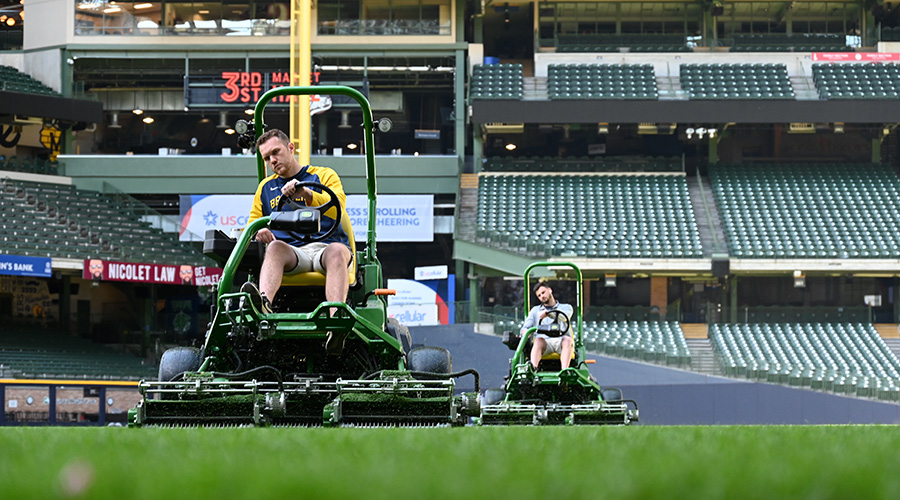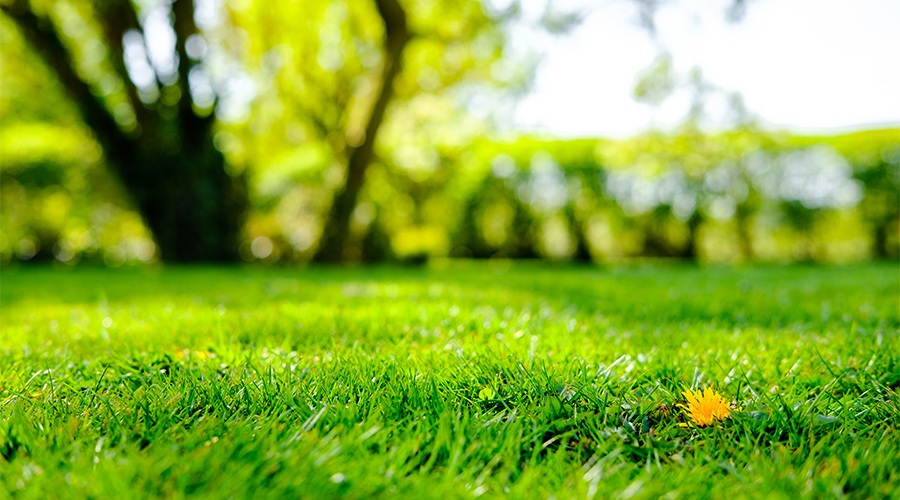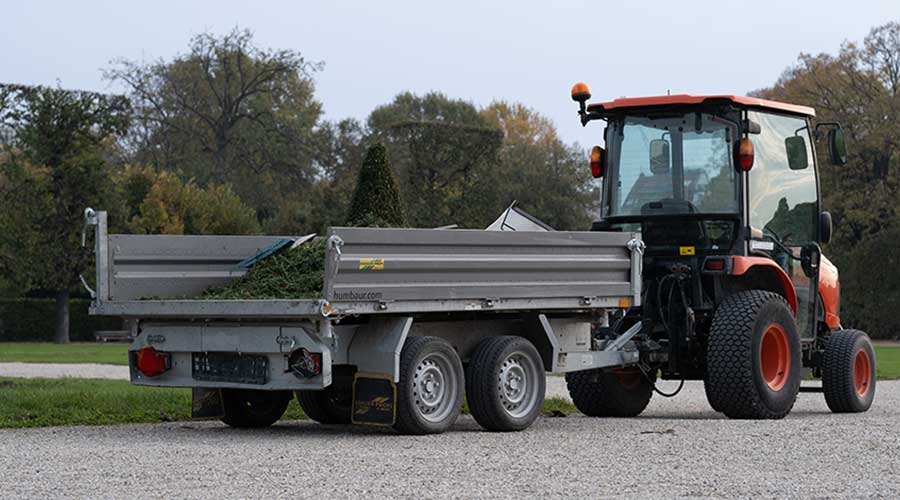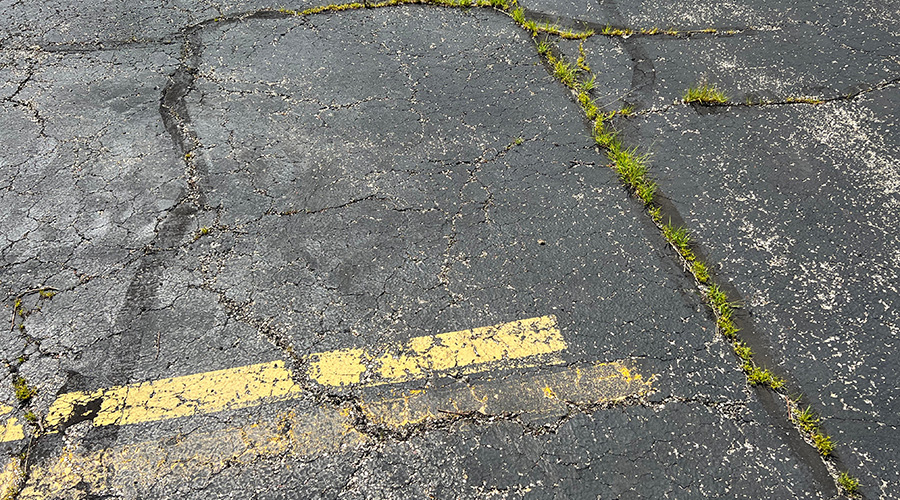Mowing Practices and Their Sustainability Connection
With concerns about climate change rising, institutional and commercial facilities are now expected to do their part to reduce their impact on the environment. For this reason, grounds managers are beginning to recognize the importance of creating and maintaining landscapes by using sustainable landscaping techniques.
Contrary to popular belief, sustainable landscapes do not necessarily require an expanded budget. In fact, many environmentally friendly practices actually can minimize costs. With proper planning, grounds crews can produce sustainable landscapes that benefit the department and its budget.
Turf-Grass Selection
Sustainability has had a major impact on many departments' grounds care activities and strategies in recent years, but perhaps no area has been affected more by its arrival than mowing. The heightened emphasis on the environmental impact of mowing has led to changes in the equipment that departments use, as well as the turf that equipment operators mow.
The selection of turf grass is one of the single most important decisions managers must make. They should base the selection on the property's location and the way the turf is used and maintained. Selecting turf grasses that are not suitable for a specific area results in continual stress for the plants and makes them more susceptible to diseases and pests. The result is increased maintenance costs for both labor and pesticides.
For example, managers should specify Centipede grass for soils with low pH in order to ensure healthy, optimal growth. Also, it is difficult to grow St. Augustine turf grass without supplemental irrigation or enough sunlight. Managers who need assistance with turf grass selection can work with a landscape contractor.
Once managers have selected appropriate turf grass based on their landscapes' conditions, the next step is to work with a contractor to develop and implement a maintenance plan and schedule. Mowing is the most common practice for turf grass maintenance — and the most damaging when done improperly.
Equipment operators must ensure mower blades are sharp so they cut rather than tear the turf leaves. This step cuts down on the amount of water lost from the grass, and it helps to conserve moisture and reduce the need for additional watering. It also is important to remember that shredded ends of grass blades are more susceptible to disease invasion and can increase the need to apply fungicides.
A growing number of departments use mulching mowers or decks to minimize the amount of clippings that require transportation and disposal. These mowers chop the grass clippings into small pieces, which fall through to the soil. The resulting grass mulch helps to keep the soil shaded, which helps retain moisture that will keep turf areas greener.
But managers need to be aware that the success of mulching efforts depends on the type of turf that has been planted. Some trailing grasses, such as Bermuda grass, interlace a dense layer of stems that can prevent grass clippings from reaching the ground, where decay occurs.
Related Topics:













